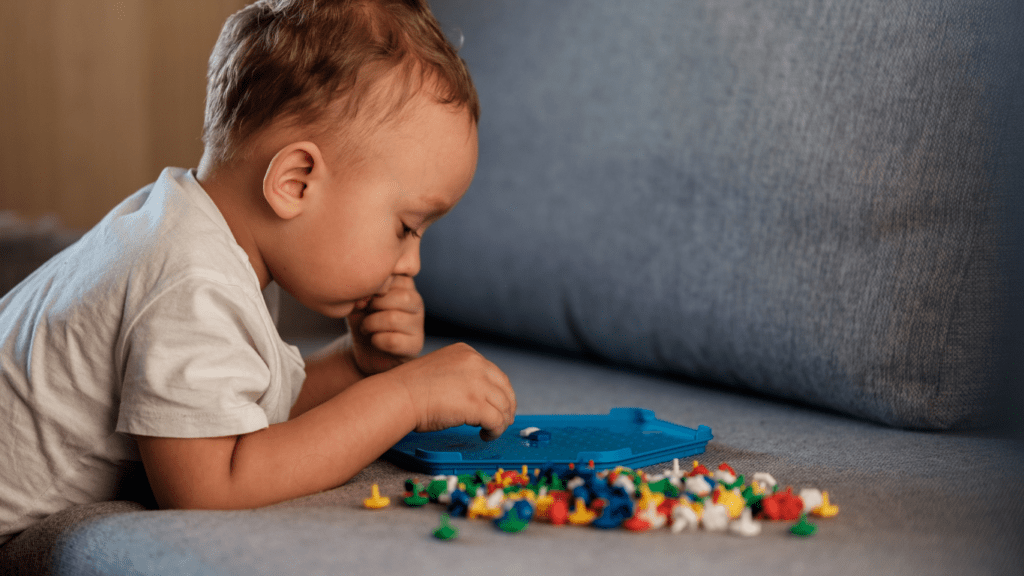One of the most important things parents can do to support their children’s education is to understand how active learning works—and how they can foster it at home. If you’re looking for practical, real-world strategies, this article offers clear and straightforward active learning advice fparentips you can start using right away. Whether your child thrives in a traditional classroom or studies at home, introducing some structure and purpose into their learning habits can make all the difference.
What Is Active Learning, Really?
Contrary to old-school methods where kids passively absorb information, active learning puts them in the driver’s seat. It’s about doing, experimenting, questioning, and reflecting—a back-and-forth learning process that keeps them mentally engaged.
This could mean discussing the meaning of a story instead of just reading it, using objects to explore math problems, or conducting simple science experiments at the kitchen table. The key is participation. When kids are actively involved, their brains form stronger connections and retain information longer.
For parents unfamiliar with educational jargon, think of active learning as learning by doing—with an intentional twist.
Focus on Curiosity, Not Just Outcomes
One of the most effective pieces of active learning advice fparentips that we’ve found is to nurture curiosity. Instead of pushing for correct answers immediately, try prompting your child with open-ended questions:
- “What do you think will happen if we try this?”
- “Why do you think that character made that choice?”
- “Is there another way to solve that problem?”
Questions like these give kids space to think and explore ideas without fear of being wrong. It tells them that learning isn’t just about scoring points—it’s about making sense of the world.
Even if the end result isn’t “right,” the thinking process itself builds skills that matter: reasoning, creativity, persistence, and adaptability.
Integrate Learning into Everyday Life
You don’t need a sophisticated setup to make active learning stick. Most lessons can come straight from daily life. Remember, it’s about engagement, not perfection.
Try these simple tweaks:
- Cooking dinner? Let your child help with measuring ingredients—instant math lesson.
- Grocery shopping? Have them plan the list and budget—math, planning, and decision-making.
- On a weekend walk? Ask them to point out different types of animals or plants—science and observation.
This low-stress integration keeps learning light, fun, and connected to reality. Plus, it gives kids the freedom to apply skills in meaningful ways.
Mix in Collaborative Learning
Active learning doesn’t have to be a solo act. In fact, one of the most powerful aspects of active learning is collaboration. Kids sharpen thinking skills by bouncing ideas off others, defending their perspectives, or revising thoughts based on someone else’s input.
Here’s how you can support it:
- Set up group play where challenges involve problem-solving, like a scavenger hunt with clues.
- Start a mini “book club” with your child and some friends.
- Partner with another parent to do weekend science projects together.
These setups not only build academic skills but also strengthen social-emotional intelligence, which is just as critical in young learners.
Make Space for Reflection
Another underused piece of active learning advice fparentips is this: build in time for kids to reflect. After an activity, instead of jumping to the next thing, ask:
- “What did you learn that surprised you?”
- “What was tricky, and how did you work through it?”
- “Would you do anything differently next time?”
Reflection helps kids process what they’ve done and turn their experiences into deeper, long-lasting insights. It may not seem exciting, but it’s where much of the “real” learning happens. And by modeling this review habit, you teach kids how to self-evaluate and grow.
Tools You Already Have (And Can Actually Use)
You don’t need to dive into a pile of expensive educational materials to get started. Chances are, you already have everything you need.
- Puzzles and board games? Great for logic and strategy.
- Art supplies? Excellent for creative expression and spatial reasoning.
- Books, even comics? Perfect for building reading comprehension and vocabulary.
Remember, the goal isn’t to recreate a classroom—it’s to create experiences that challenge your child to think for themselves.
Be Consistent, Not Perfect
Let’s face it—life gets busy. You won’t always have the time or energy to plan elaborate learning moments or science experiments. And that’s perfectly okay. A major part of successful active learning is consistency.
If you carve out even 15–20 minutes a day for an intentional, thought-provoking activity, you’re nurturing the habits that active learning thrives on. Focus on small, regular interactions instead of dramatic, high-effort projects.
When Active Learning Becomes a Family Habit
The beauty of active learning is that it doesn’t require you to be a certified educator or buy lots of extras. It’s about shifting the focus from teaching to exploring, from controlling outcomes to guiding discovery.
As you begin to apply active learning advice fparentips in your household, notice how your child starts asking more questions, showing more interest, and even surprising you with their own creative ways of linking ideas. That’s how you know it’s working.
Let learning in your home be lively, collaborative, and full of curiosity. It’s not about creating a perfect student—it’s about raising a curious thinker, one day at a time.



